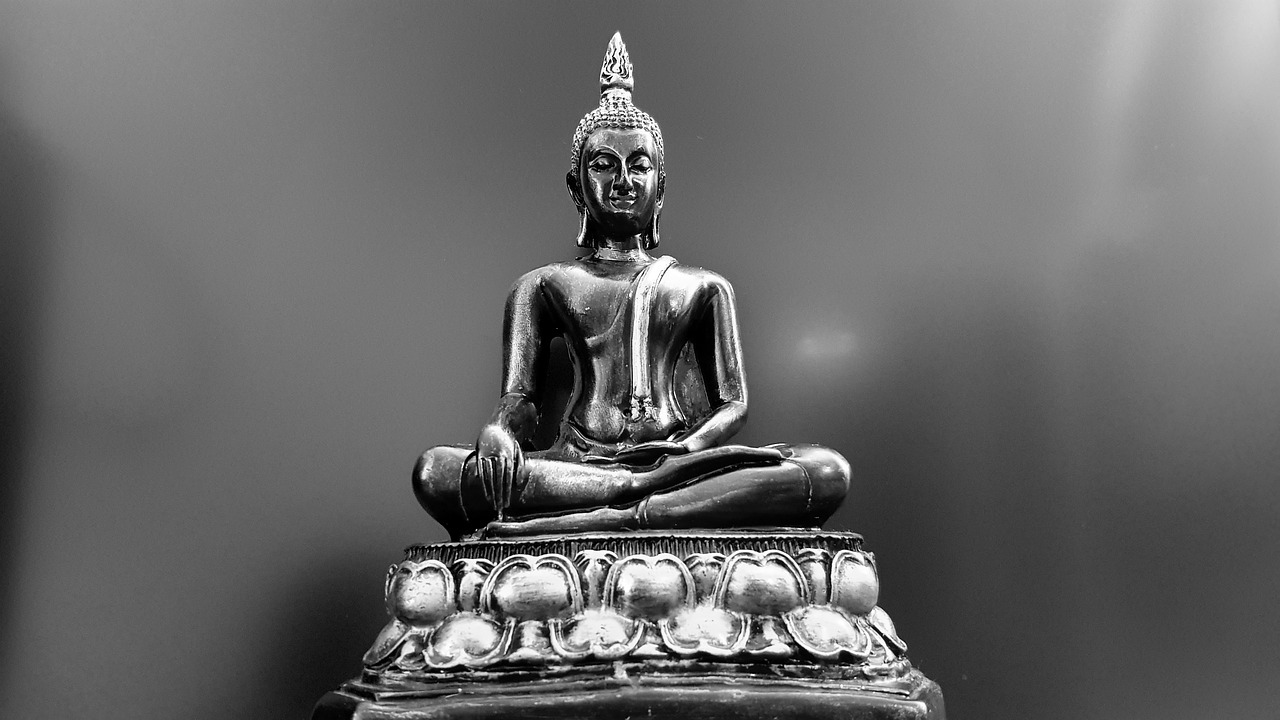Election Campaigning and the Role of Public Opinion Polls
Political polling traces its roots back to the early 19th century when newspapers in the United States began soliciting opinions from their readers on various political issues. However, it wasn’t until the 1936 Presidential election that scientific polling gained widespread recognition. The Literary Digest infamously predicted a landslide victory for Alf Landon over Franklin D. Roosevelt based on a large-scale poll, which ultimately turned out to be highly inaccurate.
Following the failure of The Literary Digest poll, George Gallup and Elmo Roper revolutionized the field of political polling by pioneering more rigorous and accurate methodologies. By utilizing random sampling and focusing on representative samples, Gallup and Roper were able to predict the outcomes of elections with much greater precision. This shift towards scientific polling transformed the way politicians, the media, and the public viewed public opinion data, solidifying political polling as a crucial tool in understanding and shaping electoral outcomes.
The Impact of Public Opinion Polls on Election Campaigns
Public opinion polls play a significant role in shaping election campaigns by providing insights into the preferences and sentiments of the public. These polls help political candidates understand the issues that resonate most with voters, allowing them to tailor their messaging and platforms accordingly. By tracking the changing opinions of voters over time, campaigns can adapt their strategies to better appeal to the electorate.
Moreover, public opinion polls serve as a crucial tool for candidates to gauge their standing in the race and identify areas where they need to focus their efforts. By monitoring the polling data, candidates can adjust their campaign priorities, allocate resources effectively, and target specific demographics more strategically. This real-time feedback loop provided by polling data enables candidates to stay responsive to the evolving concerns and priorities of the electorate throughout the campaign period.
The Evolution of Polling Methods
Over the years, polling methods have undergone significant changes to adapt to the evolving technological landscape and the diversifying demographics of the population. Traditional face-to-face interviews and telephone surveys have gradually given way to online polls and automated phone calls, making data collection faster and more accessible to a larger audience.
Moreover, the integration of big data and predictive analytics has revolutionized polling methodology, allowing pollsters to analyze vast amounts of information in real-time and make more accurate predictions. This shift towards data-driven polling has enabled campaigns to target specific voter groups with tailored messages and strategies, harnessing the power of technology to influence public opinion and shape election outcomes in unprecedented ways.
What is the history of political polling?
Political polling dates back to the early 20th century, with the first known national political poll conducted in the United States in 1936 during the presidential election between Franklin D. Roosevelt and Alf Landon.
How have public opinion polls impacted election campaigns?
Public opinion polls play a significant role in shaping election campaigns by providing candidates with valuable insights into voter preferences and concerns. They help politicians tailor their messaging and strategies to appeal to a wider audience.
How have polling methods evolved over time?
Polling methods have evolved from traditional telephone surveys to online polls and even social media analytics. Advances in technology have made it easier to reach a larger and more diverse sample of the population, leading to more accurate and reliable results.







